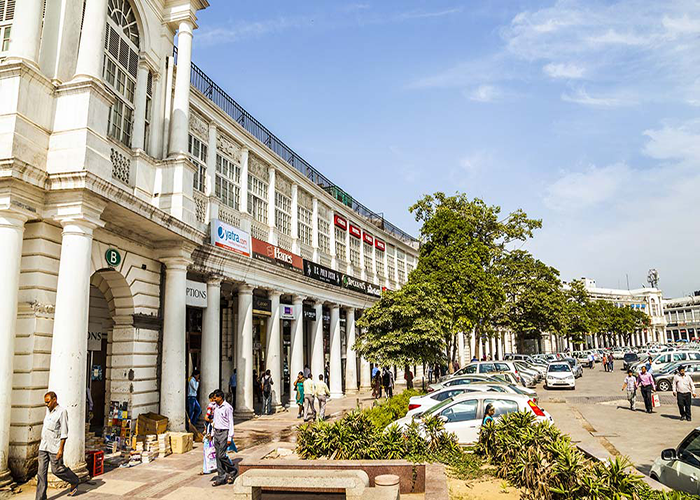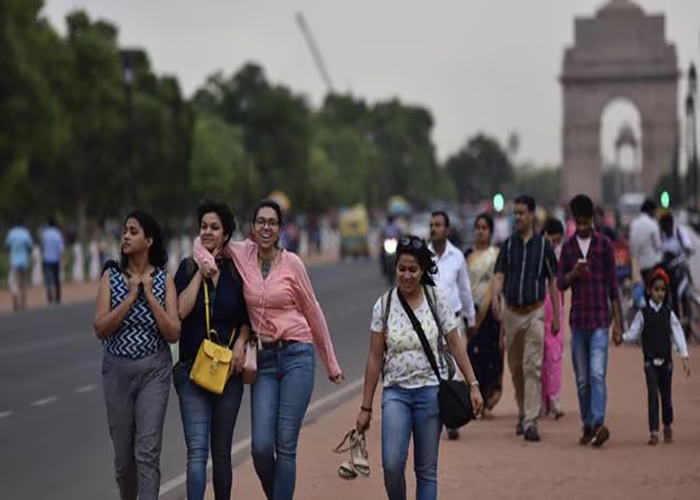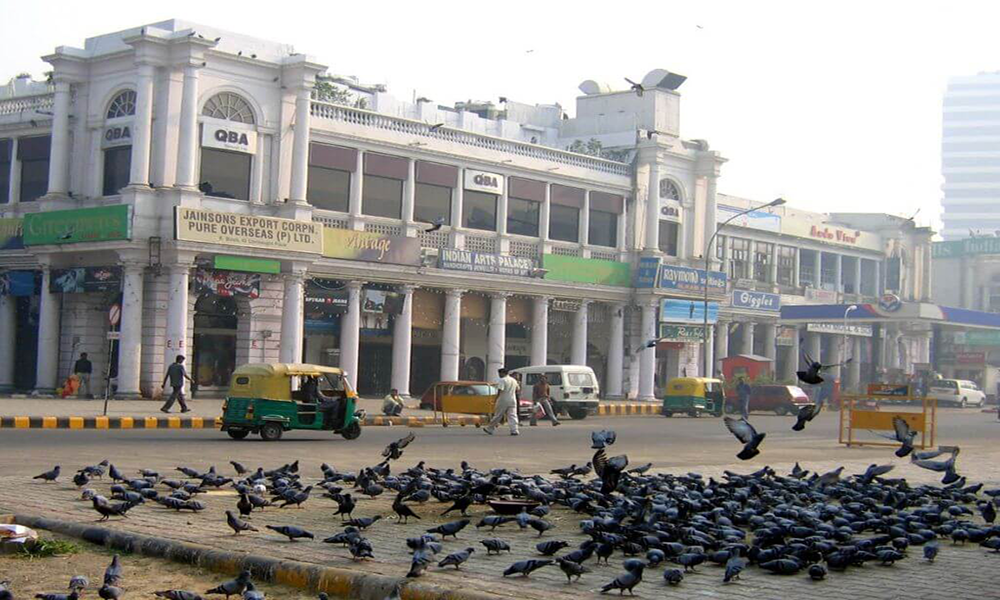Sustainable Water and Wastewater Management for Public Places Using STP, ETP, WTP, WWTP, RO and Industrial Solutions

Public places such as parks, markets, railway stations, bus terminals, tourist destinations, and religious sites serve millions daily across India. In Maharashtra, cities like Mumbai, Pune, and Nashik see exceptionally high footfall in these public areas, requiring extensive utility infrastructure to keep them clean, functional, and hygienic.
Managing water supply and sanitation in such spaces is a growing challenge. With rising population and tourism, the demand for water and the volume of wastewater is steadily increasing. Public places must maintain basic amenities like drinking water, restrooms, food stalls, and landscaping—all of which consume large amounts of water. As these facilities are critical to public well-being and city aesthetics, authorities and municipal bodies are now focusing on sustainable solutions. Integrating water treatment and recycling systems like STP and WTP is essential for efficient and eco-friendly operations across public-use infrastructure.
Understanding the Water Requirements of Public Places and Their Functional and Environmental Role
Public spaces require water for a wide range of functional and aesthetic activities. Daily water usage includes supply for public restrooms, drinking water stations, sanitation of public walkways, watering of gardens, and washing of public transport or monument areas. The daily water demand can be immense in high-traffic areas like malls or railway stations.
Water is essential for maintaining hygiene and preserving cities' public image. In spaces like parks and heritage sites, landscape irrigation, fountains, and ponds add to the ambiance and require regular water input. Food courts and street vendors also rely on clean water for their operations. Given these varied uses, it becomes critical to manage water efficiently. Municipalities and private contractors increasingly adopt innovative water systems, reuse solutions, and periodic treatment to meet public sector water demands while remaining sustainable.
Daily Public Activities That Lead to the Generation of Diverse Wastewater Streams in Public Places
"In public places, water is more than a utility—it's a symbol of care, hygiene, and safety. Treating and reusing wastewater ensures these vital community spaces remain clean, functional, and sustainable. Thoughtful water management helps cities thrive while honoring the dignity and health of every citizen who shares these spaces."
Cleaning public spaces—especially high-footfall locations like markets, stadiums, and stations—requires significant water mixed with detergents and disinfectants. Open water features such as fountains or artificial lakes also require regular drainage and refilling, generating water waste. Even vehicle washing at public parking areas and buses or auto maintenance adds to this. If left untreated, this wastewater can strain local drainage systems and damage urban ecosystems. Recognizing these sources is vital in planning treatment solutions tailored for public infrastructure to minimize environmental damage and promote healthier cities.
Types of Wastewater Produced by Public Places Based on Use and Waste Discharge Patterns
Public places generate a combination of blackwater, greywater, and industrial-like effluent. Blackwater, primarily from public toilets, contains high organic loads and pathogens. Greywater arises from washbasins, food stalls, and janitorial activities, carrying soap, oil, and detergents. The wastewater volume is substantial in areas with high foot traffic, such as metro stations or stadiums
In addition to sanitary sources, maintenance activities like surface cleaning with chemicals or chlorinated water contribute to low-grade industrial wastewater. Food courts, especially in malls or street markets, generate wastewater rich in fats, oils, and organic waste. Locations with landscaping or water features also discharge used water mixed with fertilizers or pond chemicals. These complex effluent streams require advanced treatment to meet pollution control norms before disposal or reuse. Understanding the exact composition of wastewater from each public area is essential for designing effective treatment plants that meet municipal and environmental guidelines.
Processes Employed to Treat Wastewater in High-Footfall Public Infrastructure and Open Spaces
Public places typically use decentralized Sewage Treatment Plants (STPs) to handle localized wastewater. Treatment begins with physical filtration to remove solids and debris. Biological treatment, such as MBBR or SBR, breaks down organic matter, followed by disinfection through chlorination or UV systems to ensure safety for reuse or discharge.
Additional Effluent Treatment Plants (ETPs) may be installed for public areas with food zones or vendors to manage oil and grease-laden water. These plants include grease traps, equalization tanks, and chemical dosing units to handle specific contaminants. Post-treatment, the recycled water is reused for flushing, cleaning, and gardening, significantly reducing dependency on municipal sources. Modern plants are often compact, noise-free, and odorless, ensuring minimal disturbance in public settings. Authorities ensure treated water meets CPCB or SPCB norms through regular monitoring and automation. Treating wastewater on-site allows public spaces to operate responsibly and efficiently.
Technology Innovations That Help Public Infrastructure Reuse Treated Wastewater for Non-Potable Applications
Public infrastructure is rapidly adopting advanced technologies to treat and reuse water efficiently. Compact STPs with Membrane Bioreactor (MBR) or Moving Bed Biofilm Reactor (MBBR) technology are preferred due to their small footprint and high performance. These systems ensure high-quality water for flushing, cleaning, and landscaping reuse.
Automated filtration units and IoT-based water monitoring in tourist-heavy public spaces help track usage, identify leakages, and maintain real-time water quality. Rainwater harvesting systems are also integrated with WTP units to supplement freshwater requirements, especially in parks or open grounds. Some public places now use AI-based analytics to optimize plant operation and energy use. Municipalities and facility managers reduce costs and environmental strain by recycling wastewater and meeting smart city sustainability goals. Adopting such technologies creates a closed-loop water management cycle, making public infrastructure cleaner, more efficient, and eco-conscious.
How We Offer Tailored Water Treatment Solutions for Public Infrastructure Needs Across Different Scales
We offer end-to-end water and wastewater treatment solutions in public infrastructure— from small gardens to large transit stations. Our services include designing, supplying, installing, and commissioning STPs, ETPs, WTPs, and RO systems tailored to your location's specific needs and footfall.
We assess site water consumption patterns, available space, and discharge volume to design efficient, modular plants. Our systems are low-noise, odor-free, and energy-efficient—ideal for public areas. We also provide grease traps for food court areas and automation tools for water quality monitoring. Whether for a city park or a busy marketplace, our team ensures compliance with local pollution norms and seamless integration with existing infrastructure. We offer annual maintenance contracts and remote support post-installation to ensure reliable plant operation. With a focus on sustainability and cost-effectiveness, we help public bodies manage water responsibly while enhancing public experience.
Conclusion – Public Places Water Treatment:

Conclusion – Public Places Water Treatment:
As urbanization accelerates, managing water and wastewater in public places becomes urgent. These shared spaces are vital to daily life, attracting thousands of people and generating substantial wastewater. Every function depends on a clean, consistent water supply, from toilets and cleaning to food courts and gardens.
Public authorities can ensure responsible water use and reuse through smart infrastructure like STPs, ETPs, and WTPs, along with advanced monitoring technologies. These systems reduce pressure on municipal water supply, improve sanitation, reduce operational costs, and align with smart city goals. Our comprehensive solutions help transform public infrastructure into sustainable, eco-friendly spaces. When water is treated not as a waste but as a resource, cities thrive cleaner, greener, and more resilient. With the right strategy and expert support, even the busiest public places can maintain water efficiency without compromising public service quality.

